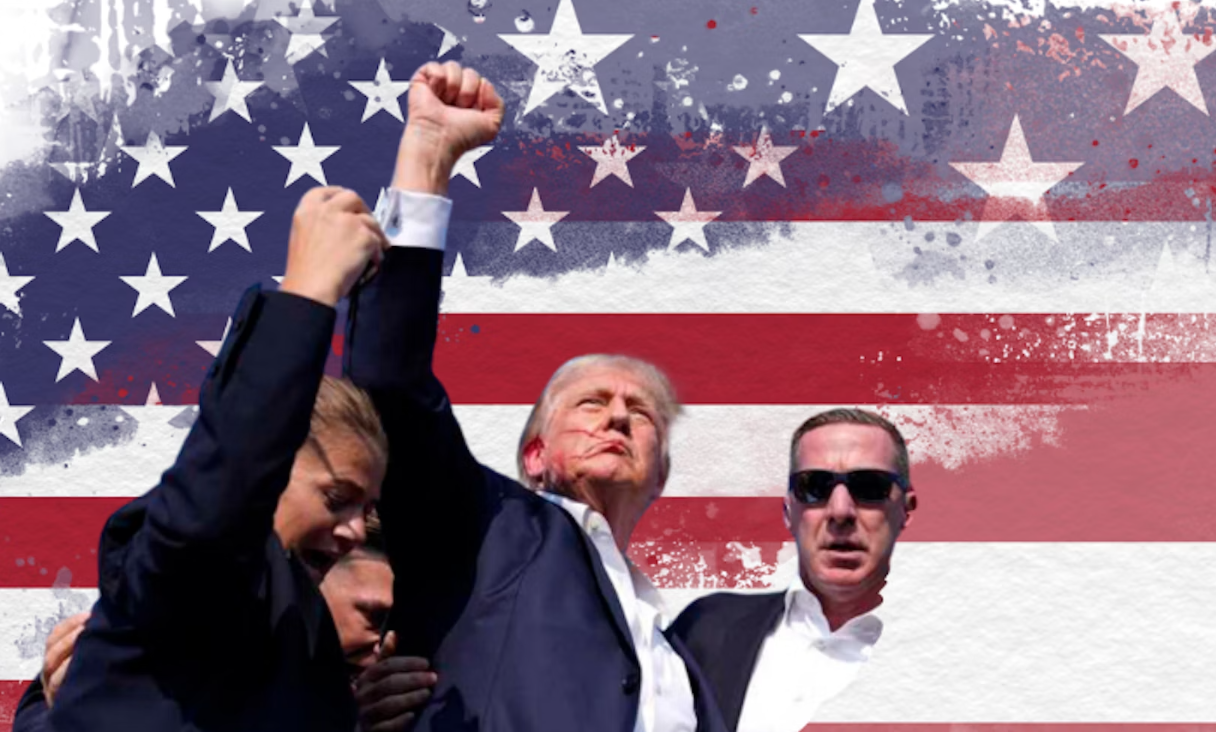Lead SWAT Team Member Says ‘No Communication’ With Secret Service Before Trump Attack

The lead sharpshooter for a local SWAT team disclosed a startling detail about the events preceding the assassination attempt on former President Donald Trump at a rally in Butler, Pennsylvania earlier this month.
In a conversation with ABC News reporter Aaron Katersky, the Beaver County, Pennsylvania, team reported having "no communication" with the U.S. Secret Service before the shooting attempt and only made contact afterward.
On the rally day, the SWAT team was stationed on the second floor of the building that the shooter, Thomas Matthew Crooks, later utilized. The lead sharpshooter noted that the team was supposed to have a “face-to-face briefing” with the Secret Service agents upon their arrival; however, this did not occur.
“We were supposed to get a face-to-face briefing with the Secret Service snipers whenever they arrived, and that never happened. So I think that that was probably a pivotal point where I started thinking things were wrong because that never happened, and we had no communication with the Secret Service,” the lead SWAT sharpshooter stated.
When Katersky inquired if the team had received any communication from the Secret Service "at all on that Saturday," the SWAT leader clarified that there was no contact from the agency "until after the shooting."
“And by then —” Katersky interjected, to which the SWAT sharpshooter responded, “It was too late.”
Katersky continued, explaining that the local SWAT team had found Crooks "suspicious" before the shooting, and had shared texts with descriptions and pictures of the 20-year-old. However, none of this information was conveyed to Secret Service leaders due to the lack of communication between the two groups.
The SWAT team had been assigned to the second floor of Building 6 at the American Glass Research facility by the Secret Service. From there, they could only observe the Trump rally crowd. Katersky highlighted that the team's inability to see Crooks was not due to external factors like a sloped roof or hot weather but rather the placement decided by the Secret Service.
Furthermore, local law enforcement had provided radios to the U.S. Secret Service for cross-agency coordination during the July 13 rally. However, Sen. Ron Johnson (R-Wis.) revealed on July 28 that the Secret Service did not use the radios, as reported by The Blaze.
“We also have it confirmed that the radios that local law enforcement gave the Secret Service sniper teams were never used by the Secret Service,” Johnson stated on “Fox News Sunday.”
“So again, all of the communication was channeled,” Johnson said. “The sniper and the SWAT teams were on different communications channels than the patrol officers, different communications channels from Secret Service, all funneled in through a central communications system, which delayed things and allowed this tragedy to happen.”
Johnson, the ranking member of the Homeland Security and Governmental Affairs Permanent Subcommittee on Investigations, mentioned that counter-snipers did not identify Crooks as a threat until after he began shooting at Trump and the rally crowd shortly after 6:11 p.m.
“They acquired him after the shots were fired,” Johnson said. “But again, we need detailed interviews with those individuals to find out exactly what happened. It’s unbelievable how little information has been coming from federal law enforcement.”
Johnson disclosed that the Secret Service had received images of Crooks taken by a counter-sniper in the area of American Glass Research Building 6 at 5:14 p.m. before the shooting.
According to a preliminary timeline released by Johnson’s office, the counter-sniper first noticed Crooks at 5:10 p.m.